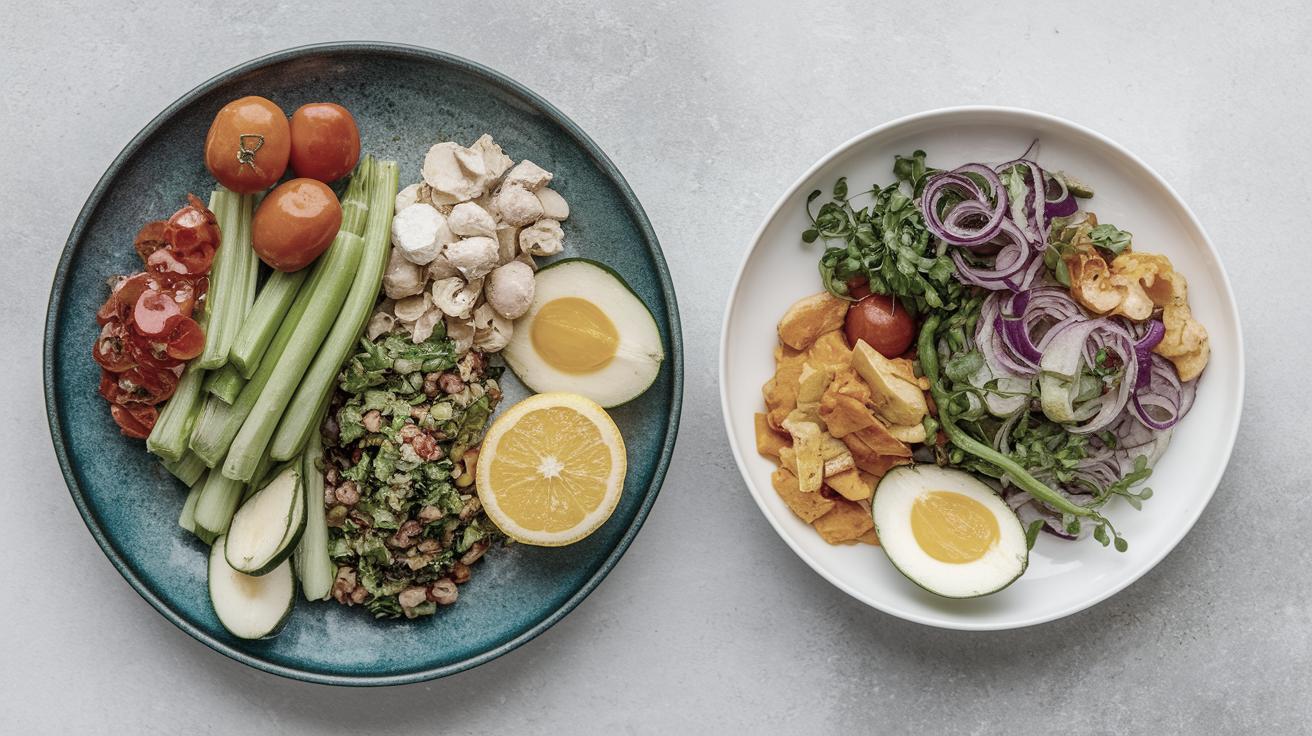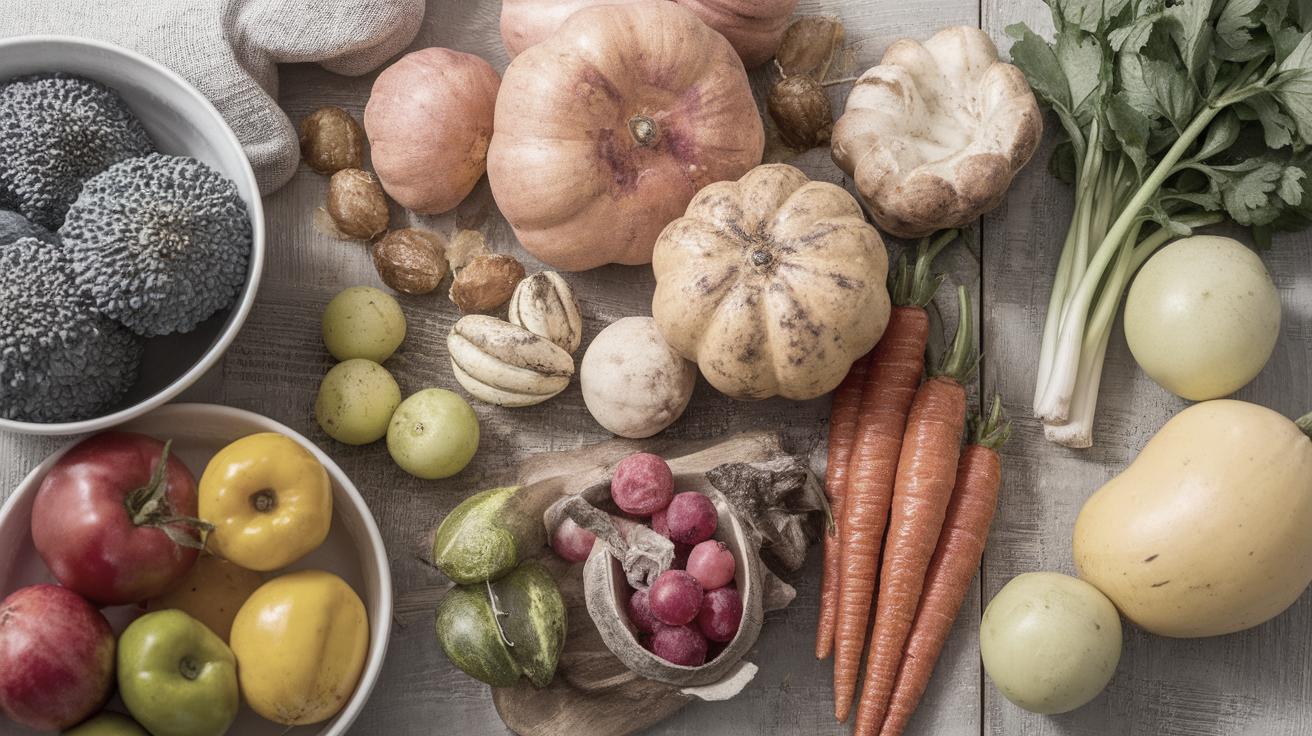Essential Cooking Techniques for a Novice Chef
Cooking can seem daunting for beginners, but starting with foundational techniques eases the journey. By focusing on key methods, such as creating creamy aioli, perfectly searing a steak, or crafting a solid chicken stock, novice chefs can build confidence and elevate their culinary skills. This blog post breaks down essential cooking techniques every beginner should master, from frying the perfect egg and making a velvety roux to supreme citrus for zesting up dishes. With practice, these fundamental skills will transform anyone into a competent home cook, ready to tackle more adventurous culinary endeavors. Get ready to set your kitchen on a path to delicious success with these essential cooking techniques.
Make an Aioli
Aioli, a Mediterranean staple, offers a world of flavor with just a few simple ingredients. At its heart, aioli is an emulsification of garlic, olive oil, egg yolks, and lemon juice. For novice chefs, mastering an aioli lays the foundation for creating a plethora of sauces and dressings. The key to a successful aioli lies in patience and achieving the right consistency.
Begin by combining egg yolks, crushed garlic, a pinch of salt, and lemon juice in a bowl. Slowly whisk the mixture while gradually adding olive oil, ensuring the oil is incorporated before adding more. The result should be a thick, creamy sauce that retains its structure. Variant flavors can be added by introducing herbs or spices; however, mastering the basic aioli provides an excellent base for creative expression in the kitchen.
Sear Steak on a Cast Iron
Searing steak on cast iron is an essential technique for achieving a rich, caramelized crust while maintaining a juicy center. Start with a quality piece of steak, seasoned generously with salt and pepper. Preheat a well-oiled cast iron skillet until it’s smoking hot; this step is crucial as it ensures a proper sear is achieved right at the onset.
Place the steak into the skillet and avoid moving it around too much. Allow it to cook for a few minutes on one side, forming a crust, before flipping. Continue cooking to your desired doneness and finish with a pat of butter for extra flavor. This skill is fundamental, as it empowers novice chefs to tackle various proteins with expertise.
Roast a Chicken
Roasting a chicken is a timeless technique that yields a comforting and savory meal. Central to this method is ensuring the chicken is properly seasoned and cooked evenly. Start by pre-heating your oven and preparing the chicken by drying it thoroughly; a dry surface helps in achieving a crispy, golden skin.
Stuff the cavity with aromatics like lemon, garlic, and herbs, then generously coat the outside with olive oil, salt, and pepper. Roast the chicken in a preheated oven, basting occasionally to lock in moisture. Mastering roast chicken is an invaluable skill, serving as a versatile base for countless dishes and inspiring confidence to explore other poultry recipes.
Fry an Egg
A perfectly fried egg is a staple for any kitchen and a critical skill for budding chefs. Start with a non-stick pan heated over medium-low heat and add a touch of butter or oil. Allow the fat to melt and spread evenly before gently cracking the egg into the pan.
For a sunny-side-up, cook on a low flame until the whites are set but the yolk remains runny. For over-easy, flip delicately once the white is just set. Mastery of frying eggs allows integration into numerous recipes, from breakfast to gourmet meals.
Make a Roux
The roux is a classic French technique and is the cornerstone of many sauces and soups. Consisting of flour and fat (typically butter), it acts as a thickener, imparting depth and body to dishes. Begin by melting butter over medium heat, then whisk in an equal part of flour until smooth and free of lumps.
The trick is continuous stirring, allowing the mixture to cook to the desired color—a white roux for lighter dishes and a brown roux for richer, more robust flavors. A well-crafted roux can elevate everything from a basic gravy to a complex gumbo.
Blanch
Blanching is a quick cooking technique used primarily to soften vegetables, enhance their color, or prepare them for freezing. Begin by bringing a pot of salted water to a vigorous boil. Add the vegetables and cook until they reach the desired tenderness, often just a few minutes depending on the vegetable.
Immediately transfer them to an ice bath to halt the cooking process and lock in vibrant color. This method is great for creating a crisp texture and infusing a vivid hue, especially useful in salads or as pre-prepared ingredients for recipes.
Caramelize Onions
Caramelized onions add a sweet, savory complexity to many dishes. Unlike basic sautéing, caramelization takes time—patience is crucial. Slice onions evenly and cook them over low heat with a bit of butter or oil, stirring frequently.
As the onions slowly cook, they release sugars that brown and deepen in flavor. By the time they’re soft and golden-brown, you have a versatile ingredient perfect for topping burgers, adding depth to sauces, or simply enjoying on their own.
Make a Kick-Ass Marinade
A great marinade can transform even the simplest of ingredients into a flavorful delight. A balanced marinade typically includes an acid (like vinegar or citrus juice), oil, herbs, spices, and salt. The acid tenderizes the meat, while the herbs and spices infuse it with flavor.
Combine the ingredients in a bowl and submerge your protein or vegetable fully in the mixture, allowing it to sit and absorb the flavors—typically a few hours or overnight. Mastering marinades not only elevates flavor profiles but also gives the opportunity to explore diverse cuisines with a simple step.
Get Fish Skin Nice and Crispy
A perfectly crispy-skinned fish fillet is a hallmark of culinary expertise. Start with a dry fillet and season it with salt. Preheat a non-stick pan with oil over medium-high heat until shimmering. Place the fillet in the pan, skin side down, and press down gently with a spatula to ensure even contact.
Allow the skin to crisp up without moving it around too much, only flipping when the skin is golden and the fillet releases easily. Mastering this technique provides a satisfying crunch, elevating simple fish dishes to restaurant-quality standards.
Supreme Citrus
Supreming citrus is a technique used to extract perfect segments free of pith and membrane. Begin by slicing off the top and bottom of the citrus fruit to create a stable cutting surface. Carefully cut away the peel and pith, following the curve of the fruit.
Holding the fruit over a bowl, use a sharp knife to slice between the membranes and gently pull out the segments. Supreme citrus enhances both presentation and flavor in salads, desserts, or as a fresh garnish.
Whip Cream and Make Pie Crust
Whipping cream to soft, pillowy peaks is an invaluable skill, yielding a staple for desserts or drinks. Start with chilled heavy cream in a cold bowl. Use a whisk or electric mixer to beat the cream, adding sugar and vanilla for sweetness.
For pie crust, incorporate cold butter into flour until crumbly, then add cold water until the dough just holds together. Roll out the dough and fit into a pie plate, trimming excess. Both of these methods offer homemade satisfaction, elevating your dessert game to new levels.
Make a Solid Chicken Stock
A rich chicken stock is the foundation of countless soups, stews, and sauces. Begin by simmering chicken bones, carrots, celery, and onions in water, skimming off foam. Add herbs like thyme and bay leaves for flavor.
Allow the stock to simmer low and slow for chicken essence to truly emerge. Strain and store for immediate use or freeze for future meals. Mastering chicken stock empowers the chef to transform basic ingredients into comforting dishes effortlessly.
Make a Vinaigrette
Vinaigrette is an uncomplicated, versatile dressing that can convert a simple salad into a masterpiece. The basic ratio is three parts oil to one part vinegar, but experimenting with different oils and vinegars can yield unique results.
Combine vinegar, Dijon mustard, salt, and pepper in a bowl while slowly whisking in the olive oil until emulsified. The technique of emulsifying elements together is foundational to creating balanced, flavorful dressings capable of personal adaptation.
Quick Pickle
Quick pickling is an instant method of infusing vegetables with flavor, providing a tangy crunch. Slice vegetables like cucumbers, radishes, or carrots thinly, and prepare a brine by boiling vinegar, water, sugar, and salt.
Pour the hot brine over the vegetables and let them sit for at least an hour before serving. This technique enriches flavor with minimal effort and is a simple but effective way to add a zing to any meal.
Frost a Cake
Frosting a cake may seem daunting, but with a bit of practice, any novice can achieve a professional finish. Start with cooled cakes and a reliable frosting recipe. Apply a crumb coat to lock in loose crumbs and refrigerate until set.
Apply a generous amount of frosting on top, spreading it outwards and down the sides. Use a spatula to smooth and create texture. Frosting a cake not only enhances sweetness but also offers the chance for creative decoration, turning simple baking into an aesthetic pursuit.
Summary of Main Points
| Technique | Description |
|---|---|
| Aioli | Emulsify garlic, olive oil, egg yolk, and lemon juice to create a creamy sauce. |
| Searing Steak | Sear seasoned steak on hot cast iron for a caramelized crust. |
| Roast Chicken | Season and roast chicken, ensuring a crispy skin and juicy meat. |
| Fried Egg | Achieve perfect eggs sunny-side-up or over-easy with the right heat. |
| Roux | Combine flour and fat for a base thickener in sauces and soups. |
| Blanching | Quickly soften and enhance color of vegetables in boiling water. |
| Caramelize Onions | Slowly cook onions to enhance sweetness and deepen flavor. |
| Marinade | Use acid, oil, and seasonings to flavor meat and vegetables. |
| Crispy Fish Skin | Dry and sear fish skin for a golden, crunchy texture. |
| Supreme Citrus | Extract citrus segments free from pith for garnish or salads. |
| Whipped Cream & Pie Crust | Use cold ingredients to whip cream and prepare flaky pie crust. |
| Chicken Stock | Simmer chicken bones and aromatics for a base broth. |
| Vinaigrette | Emulsify oil and vinegar with seasonings for salad dressing. |
| Quick Pickle | Infuse vegetables in brine for a tangy, crisp side. |
| Frost Cake | Smooth frosting over cakes for decorative finish. |


